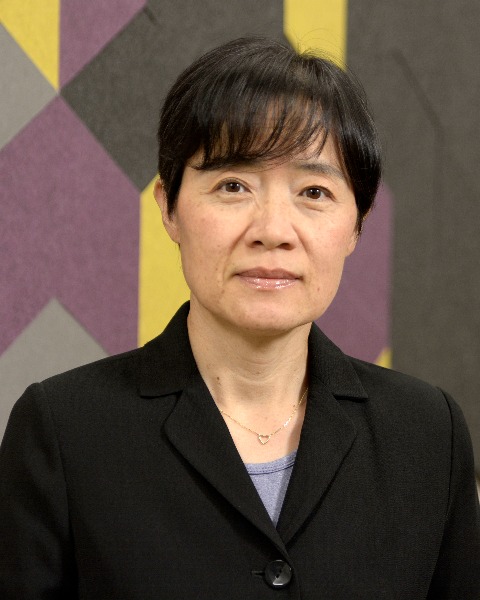Formulation and Delivery
Symposium: Patient-Centric Formulation Development: Implications on Performance and Stability
Performance Evaluation of Amorphous Solid Dispersions of Model PROTAC Compounds
Monday, November 10, 2025
10:30 AM - 11:00 AM CT
Location: Stars at Night B2/B3

Wenzhan Yang, PhD
Principal Scientist
AstraZeneca Pharmaceuticals
Waltham, Massachusetts
Speaker(s)
PROteolysis TArgeting Chimaeras (PROTACs) offer exciting potential in modern medicine by addressing proteins that are resistant to classical inhibitors. They utilize a unique mechanism of protein degradation by exploiting the ubiquitin-mediated pathway. This involves the formation of a ternary complex wherein the PROTAC binds simultaneously to a target protein of interest (POI) and an E3 ubiquitin ligase, a capability enabled by PROTACs' heterobifunctional molecular structure. Theoretically, the PROTAC molecule can be recycled to target additional POI copies. However, due to their specific molecular framework, PROTACs exhibit unique physicochemical traits, posing challenges for mainstream formulation platforms like amorphous solid dispersions (ASDs) used for poorly soluble compounds.
This presentation will address the challenges related to the physicochemical attributes of novel PROTAC molecules. It will explore prospective formulation strategies, with a particular focus on Amorphous Solid Dispersions (ASDs), and discuss the complexities involved in assessing ASDs both in vitro and in vivo.
More importantly, through case studies featuring various model PROTAC compounds, different formulation strategies will be illustrated. Additionally, the presentation will attempt to elucidate the potential mechanisms behind the limited drug release from ASDs and propose strategies to improve their in vivo performance.
This presentation will address the challenges related to the physicochemical attributes of novel PROTAC molecules. It will explore prospective formulation strategies, with a particular focus on Amorphous Solid Dispersions (ASDs), and discuss the complexities involved in assessing ASDs both in vitro and in vivo.
More importantly, through case studies featuring various model PROTAC compounds, different formulation strategies will be illustrated. Additionally, the presentation will attempt to elucidate the potential mechanisms behind the limited drug release from ASDs and propose strategies to improve their in vivo performance.
Learning Objectives:
- Upon completion, participants will be able to understand the key physicochemical characteristics of PROTACs that bring significant challenges for formulation design and development.
- Upon completion, participants will be able to gain a preliminary understanding on the challenges of developing amorphous solid dispersion formulations for PROTACs at high drug loading.
- Upon completion, participants will be able to learn the current focus areas in the literature regarding amorphous solid dispersion technology and gain insights into the field's development direction.

